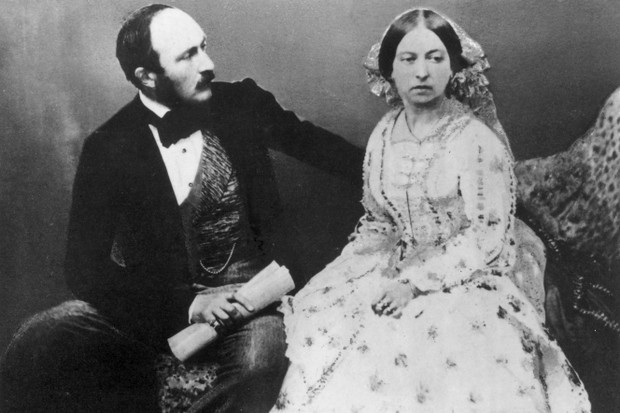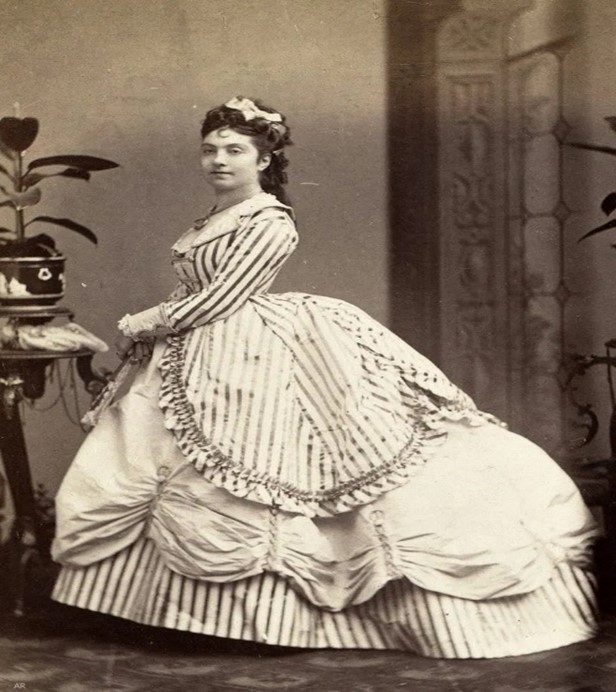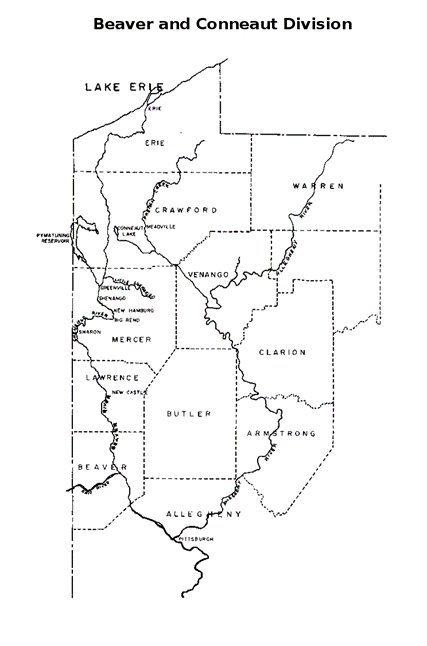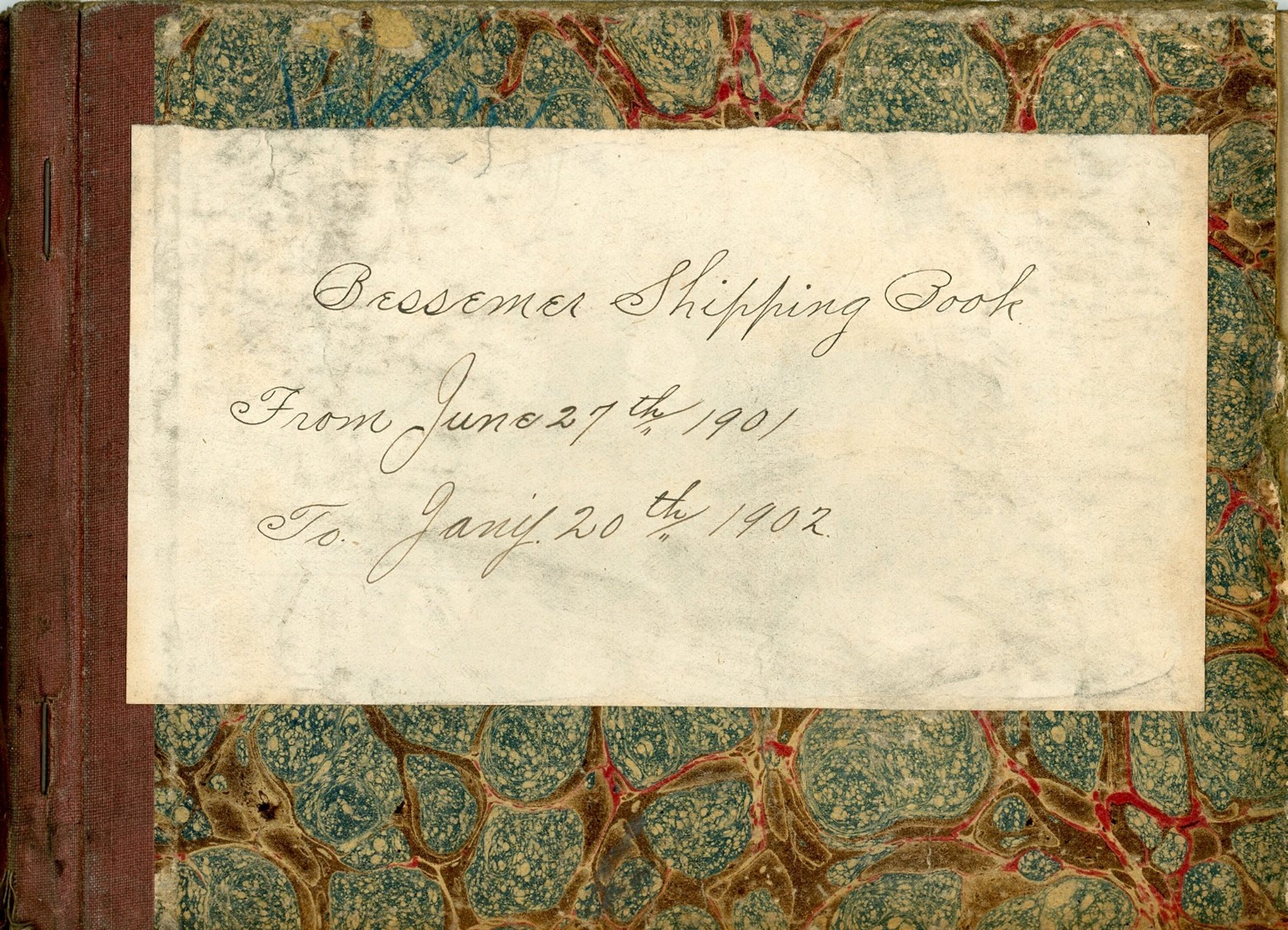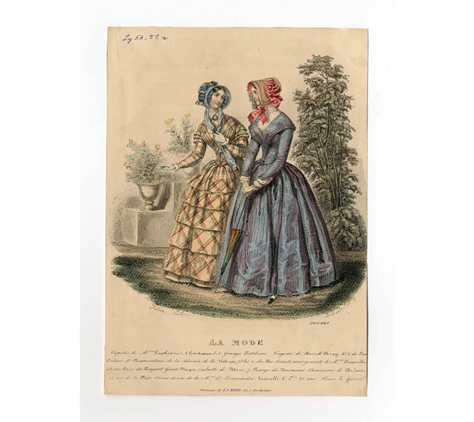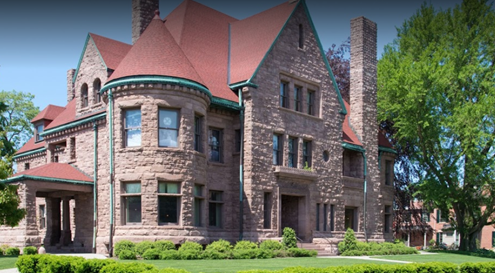A Tragic Story-One Family’s Sacrifice
Friday Jul 23rd, 2021
The story of staff-sergeant Jesse G. Salajczyk of Erie, Pennsylvania, is a sad and all too typical story of loss and sadness in World War II. An exhibit case in the new Admiral Thomas Weschler Military Gallery in the restored Wood-Morrison house on the campus of the Hagen History Center features his story.


